On September 9, a flood on the Red River (in Phu Tho province) caused the collapse and washed away the T7 pillar and two main spans (spans 6 and 7 on the right bank of the Thao River, in Tam Nong district) of Phong Chau bridge. This is a bridge across the Red River connecting Tam Nong and Lam Thao districts of Phu Tho province.
Phong Chau Bridge was inaugurated in 1995. After nearly 30 years of operation, Phong Chau Bridge has brought many economic and transportation benefits to the area. However, the incident on September 9th has shown that the bridge's structure is no longer strong enough to withstand natural factors such as floods and strong currents.
The Phong Chau bridge collapse not only sounded the alarm about the safety of old bridges but also led to urgent demands for preventive measures to prevent similar incidents from recurring.
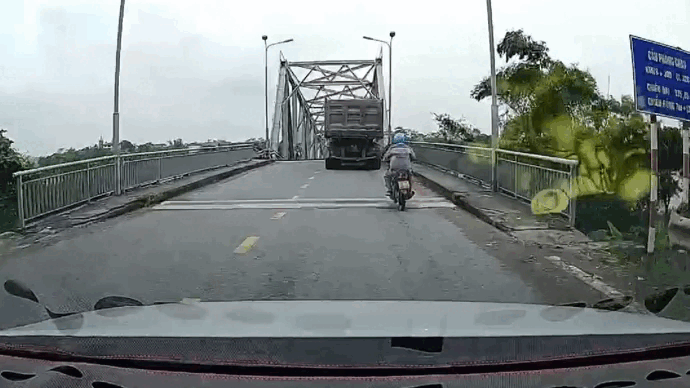
Preventing road and bridge incidents with technology
With the advancement of technology, the application of smart monitoring systems can help monitor the condition of bridges, thereby preventing unfortunate incidents.
According to Mr. Lai Huu Thanh, product development team leader of Elcom Technology - Telecommunication Joint Stock Company, monitoring technology can help engineers monitor factors affecting the "health" of the bridge such as vibration, tension, deflection, and displacement. These parameters can be monitored in real time, thereby providing accurate and continuous data, helping to detect abnormalities early.
“ The acoustic sensor can detect a very small crack in the cable-stayed system. The vibration sensor measures the very small frequency of the bridge when vehicles pass by… Any small change can be detected by the sensor system, thereby providing an immediate impact assessment when a new risk is formed ,” the smart transportation expert shared.
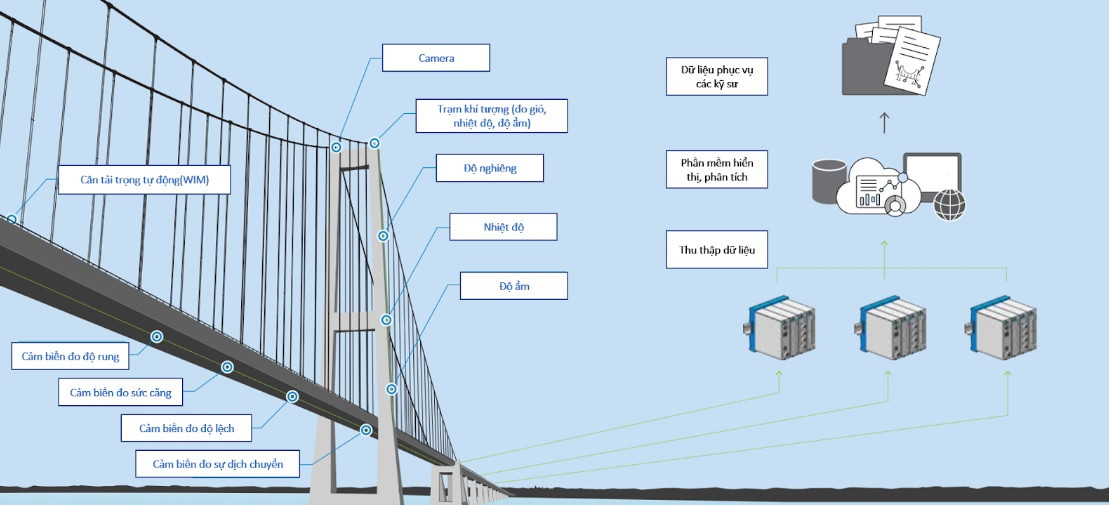
Mr. Thanh added: " If there is a monitoring system that provides real-time data, Vietnamese bridge and road engineers can completely issue warnings or make timely repair decisions, avoiding unfortunate incidents ."
Decisions based on historical data and monitoring information will be much more reliable than static calculations based on original designs and measurements from maintenance and repairs.
This is especially important for older bridges, as factors such as the subgrade geology, load-bearing capacity, and structural condition of the bridge can change over time beyond what routine inspections can detect.
Around the world, many bridges have applied smart monitoring systems to ensure traffic safety. Famous bridges such as Sutong Yangtze (China), Great Belt (Denmark), Cebu-Cordova (Philippines), Brooklyn Queens (USA), El Carrizo (Mexico) have all deployed smart sensors to measure small changes in the bridge structure.
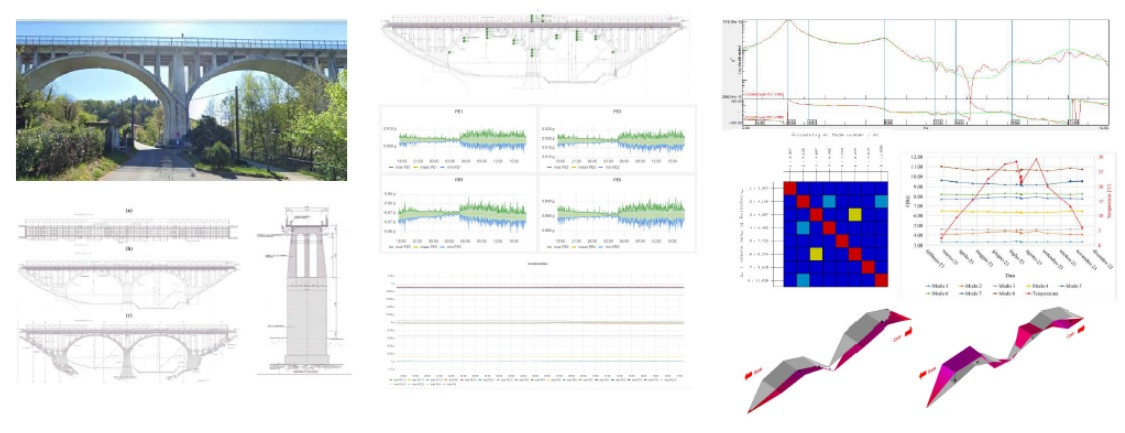
Possibility of applying monitoring system in Vietnam
In terms of technology, if you want to monitor and evaluate the health status of a bridge in real time, the bridge operator needs to install specialized smart sensors to measure variables that can affect the structure at important locations. Depending on each design, each bridge, and its lifespan, engineers will come up with reasonable sensor installation locations for monitoring.
In Vietnam, bridge engineers have mastered many advanced technologies in designing, constructing and maintaining bridges. Therefore, building a monitoring system is completely feasible with domestic technology products.
Deploying a bridge and road monitoring system will not only help Vietnam ensure the safety of old bridges but also open up opportunities to improve transport infrastructure. However, the current challenge is how to apply monitoring technology effectively and comprehensively in practice.
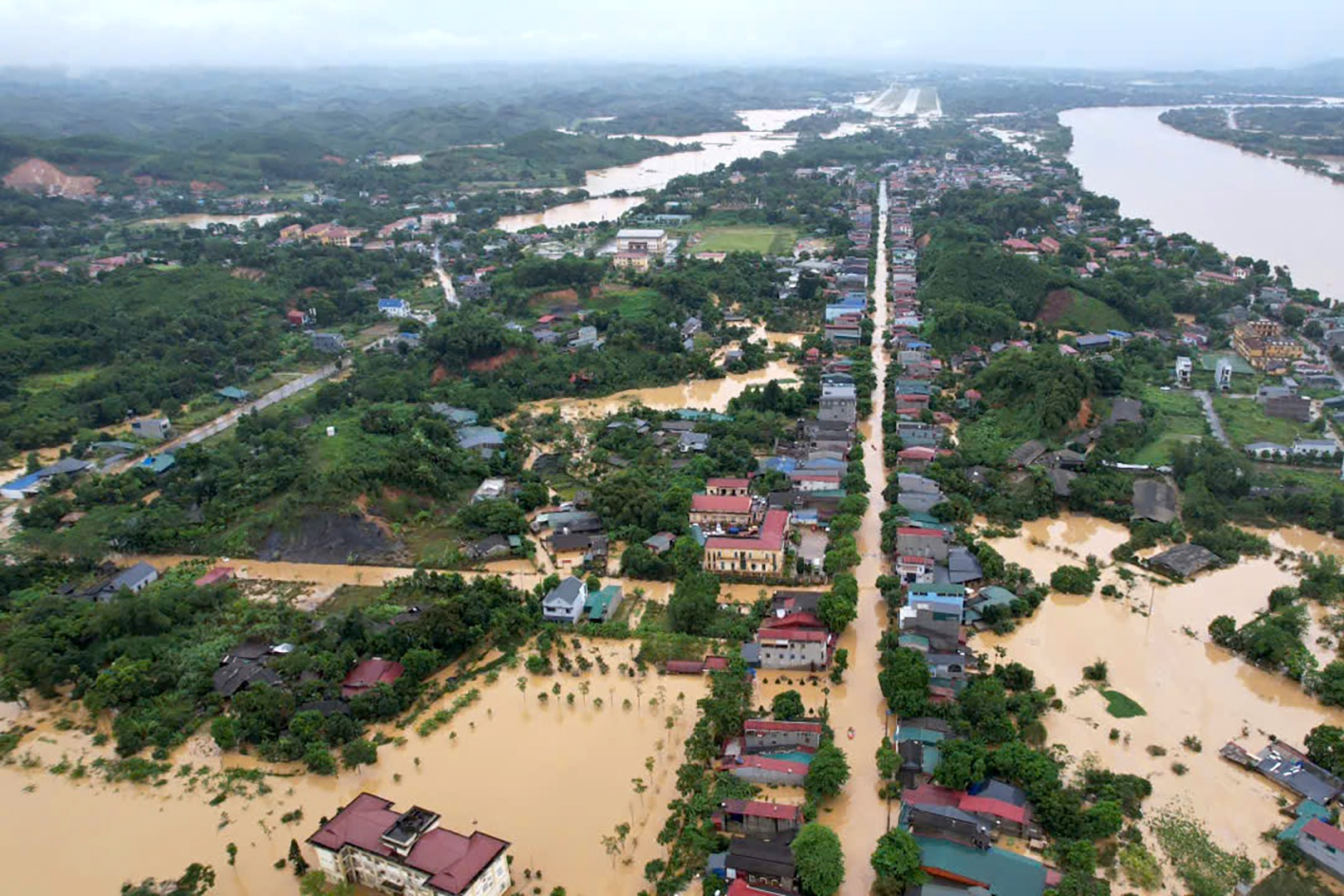
Source: https://vietnamnet.vn/ung-dung-cong-nghe-de-tranh-nhung-su-co-dau-long-nhu-sap-cau-phong-chau-2321644.html






















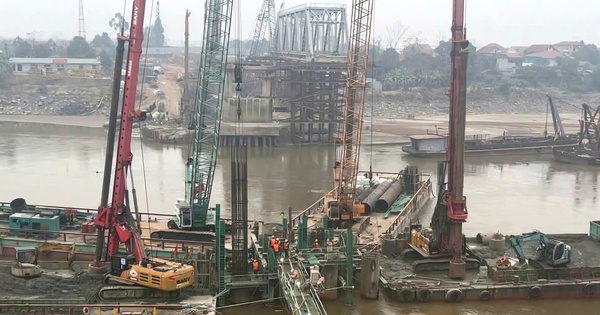



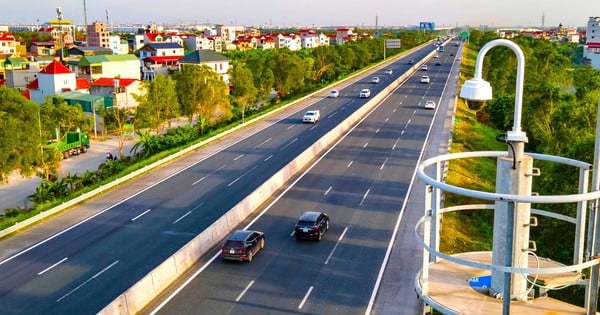

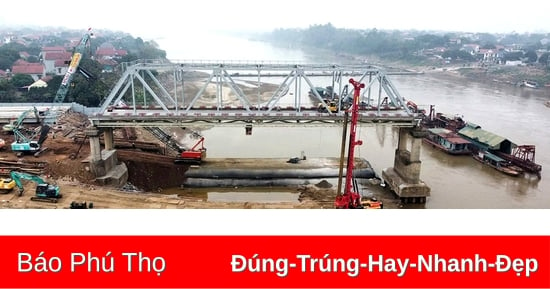
















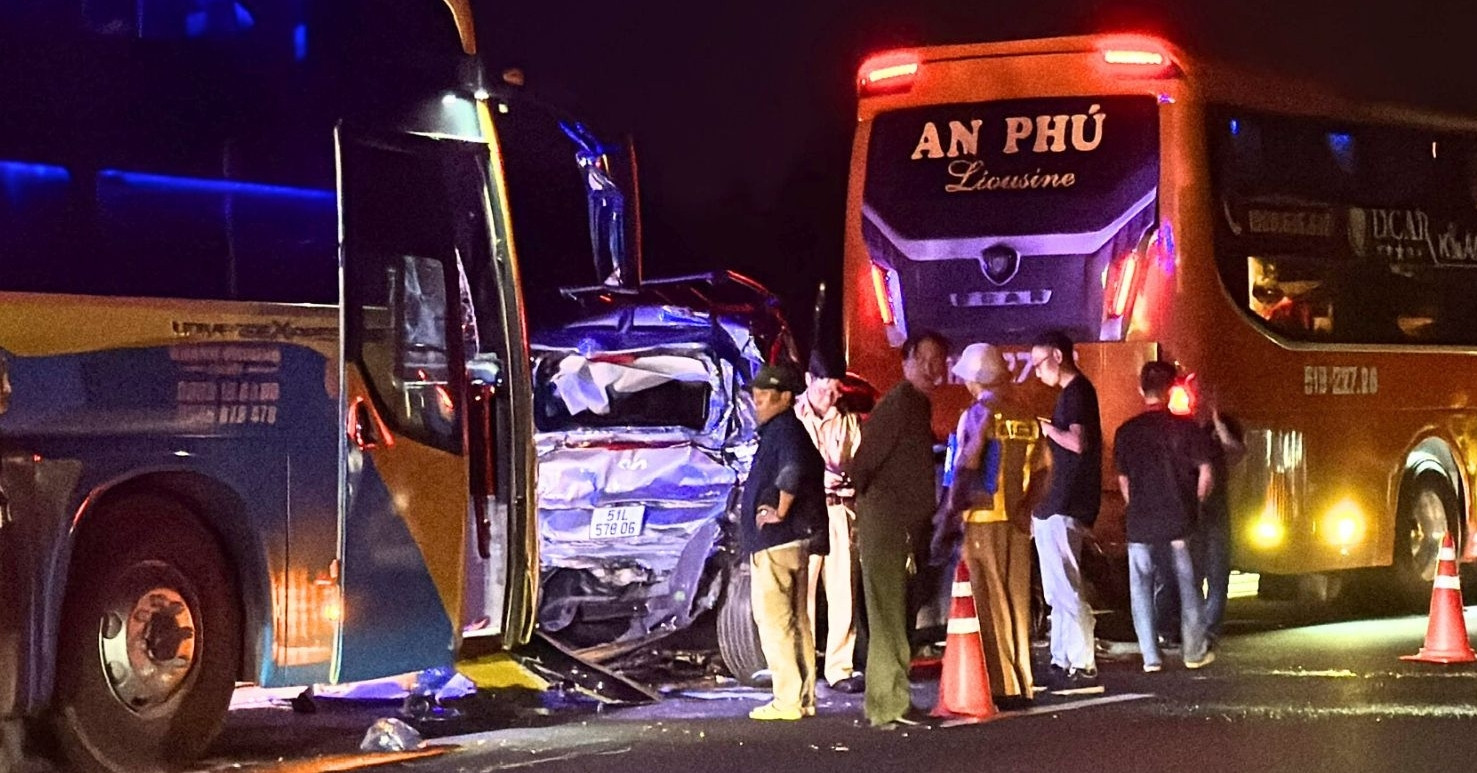



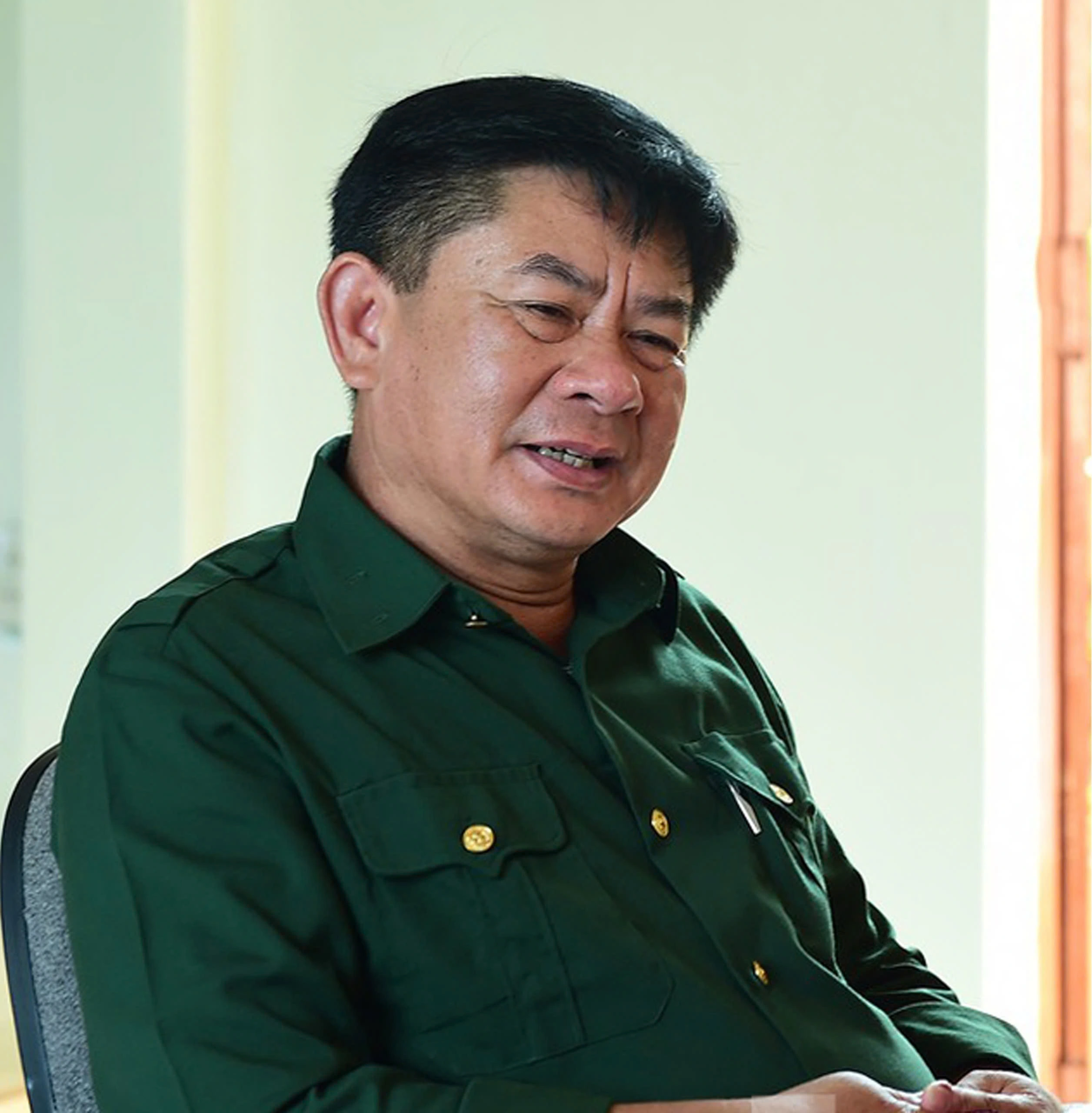









Comment (0)